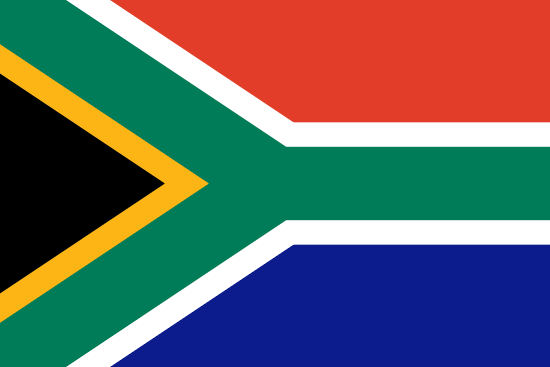"Stad van Jakarandas | City of Jacarandas"
About:
Pretoria, South Africa, was founded in 1855 by Marthinus Pretorius, a Voortrekker leader. He named it after his father, Andries Pretorius. In 1860, it became the capital of the South African Republic. The city was captured by British forces in 1900 during the Second Boer War, and became the administrative center for the Transvaal and South Africa. Today, Pretoria is one of South Africa's three capital cities, serving as the executive (administrative) capital.
When to visit:
Pretoria, the administrative capital of South Africa, experiences a subtropical climate with hot, rainy summers and mild, dry winters. The best time to visit Pretoria for a holiday is during the dry season, which typically runs from May to September. This period offers pleasant temperatures, clear skies, and minimal rainfall, making it ideal for exploring the city's attractions and outdoor activities. Visitors can enjoy popular sights such as the Union Buildings, Voortrekker Monument, and National Zoological Gardens in comfortable weather conditions during this time of year.
When to avoid:
Pretoria, South Africa experiences its peak holiday season during the months of December and January, coinciding with the summer months in the Southern Hemisphere. However, this time of year can often bring high temperatures and increased humidity, making outdoor activities less enjoyable for some travelers. Additionally, popular tourist attractions and accommodations may be more crowded and expensive during this period. For those seeking a more relaxed and budget-friendly travel experience, it may be advisable to avoid visiting Pretoria during the peak holiday season and consider alternative times of the year to explore the city's attractions.
"Winter (Jun–Aug)"
In Pretoria, South Africa, the coldest and wettest season is in winter, particularly from June to August. Average daily temperatures hover around 5-20°C (41-68°F). Rainfall is minimal, averaging 10mm per month, as the city experiences its rainy season in summer. The winter days are typically sunny with clear blue skies, but the nights can be chilly. Cloud cover is generally low. For a visitor, an average day would be cool and dry, perfect for sightseeing and outdoor activities. However, warm clothing would be needed for the colder evenings.
Summer (October–March)
In Pretoria, South Africa, the warmest part of the year is typically from October to March, which is the Southern Hemisphere's summer. During this period, temperatures usually range from a daytime high of 25°C to 30°C (77°F to 86°F), dropping to a comfortable 15°C to 20°C (59°F to 68°F) at night.
Rainfall is quite significant during these months, as Pretoria experiences its rainy season. The city sees an average of 100-150mm of rainfall per month, primarily in the form of heavy afternoon thunderstorms. Despite the rain, there's still plenty of sunlight, with about 8-10 hours of daylight per day.
Humidity levels are moderate, usually hovering around 50-60%, making the heat feel more intense but not unbearably muggy. Cloudiness varies; mornings often start clear, but clouds tend to build up by the afternoon, leading to those characteristic thunderstorms.
A typical day for a visitor during this time would start with a warm, sunny morning, perfect for outdoor activities. As the day progresses, it becomes hotter, and by the afternoon, the skies may become cloudy, often resulting in a thunderstorm. However, these are usually brief and followed by clear skies. Despite the rain, the overall atmosphere is vibrant and lively, with the lush greenery of Pretoria in full bloom.
Language:
In Pretoria, the most commonly spoken languages are Northern Sotho (Sepedi), Afrikaans, and English. Northern Sotho is the mother tongue of a significant portion of the population, while Afrikaans and English are widely used in business and governmental affairs. Other languages spoken include Tswana, Tsonga, and Zulu, reflecting the city's diverse cultural makeup.




